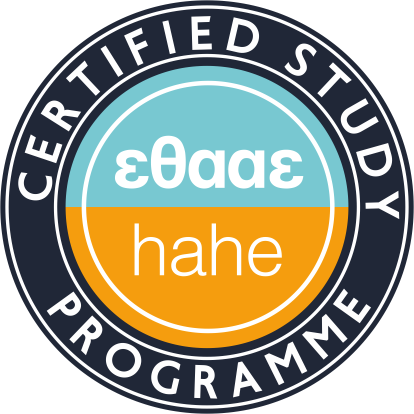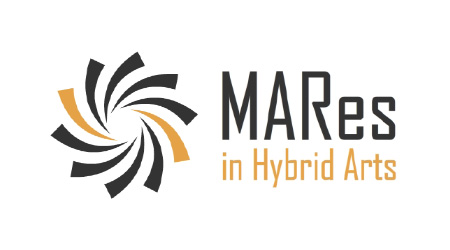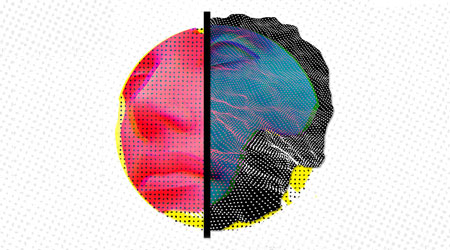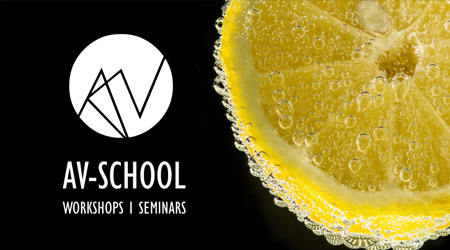Montage of the Moving Image
Teaching Staff: Tsiridou Tania
Course Code: AVA445
Course Category: Specific Background
Course Type: Elective
Course Level: Undergraduate
Course Language: Greek
Delivery method: Lectures
Semester: 4th
ECTS: 4
Teaching Units: 2
Teaching Hours: 2
Teaching Structure:
| Activity | Semester Workload |
|---|---|
| Lab Lectures | 26 |
| Literature Study and Analysis | 48 |
| Practice and Preparation | 26 |
| Course Total (ECTS: 4) | 100 |
Prerequisite to / Recommended to: (AVA540), AVA643, (VIS835), (AVA941), AVA944, AVA945
The course delves into the technical aspects of editing, through the learning of a video editing software and through lab exercises. At the same time, it focuses on montage as a form of art and as a central creative process in shaping the narrative and dramatization of a film or documentary . In this context, the pioneers who laid the foundations of the evolution of the art of editing are presented.
The aim of the course is for the students to become familiar with the terminology, the mastering of a video editing software but also to understand the rules for selecting the different shots as well as the relationships between the shots. The course focuses particularly on developing critical thinking skills, which concern choices about which shots to include, their duration and sequence and how they are linked.
Week#1: Introduction, general overview of the structure and objectives of the course. Definitions and theoretical clarifications.
Week#2: The role of editing in the process of constucting meaning, storytelling and dramaturgy. Cinematic time and "cinematic geography”.
Week#3: The continuity montage and the discontinuity montage. The role and types of connections between shots in continuity editing.
Week#4: The pioneers that shaped the art and the techniques of montage I. (Georges Méliès, Edwin S. Porter, D.W. Griffith.).
Week#5: Pioneers that shaped the art and the techniques of montage II. Soviet montage theory.
Week #6: The stage of post-production and editing and the dynamic role of the editor. Semester assignment topic presentation.
Week#7: Comparative presentation of popular video editing software. User interface presentation of a selected video editing software.
Week#8: Import, inspect, archive and edit video.
Week#9: Adding and editing titles, visual effects and transitions. The types of transitions.
Week#10: Scene study and editing.
Week#11: Composing animated elements using keyframes.
Week#12: Color correction techniques and tools
Week#13: Presentation of assignments.
Lectures, laboratory exercises, reading specific texts, watching audio-visual material
Enhanced by multimedia content.
The learning process is supported by the asyncrhonous e-learning platform (e-class).
The evaluation will be carried out through the delivery of individual assignment.
Back
| << | < | July 2025 |
> | >> | ||
| Mo | Tu | We | Th | Fr | Sa | Su |
1 |
2 |
3 |
4 |
5 |
6 |
|
7 |
8 |
9 |
10 |
11 |
12 |
13 |
14 |
15 |
16 |
17 |
18 |
19 |
20 |
21 |
22 |
23 |
24 |
25 |
26 |
27 |
28 |
29 |
30 |
31 |
|||
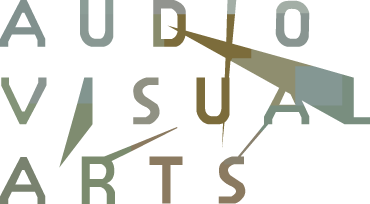


 Montage of the Moving Image
Montage of the Moving Image